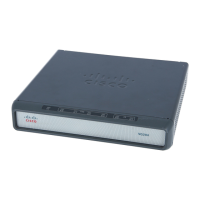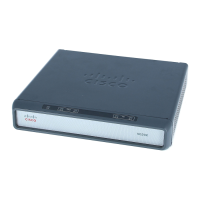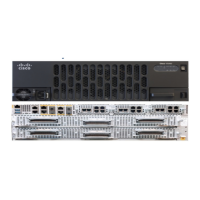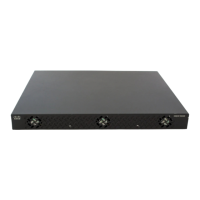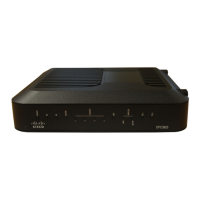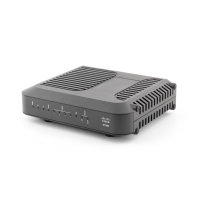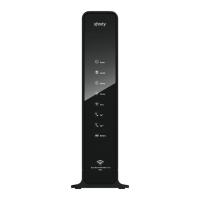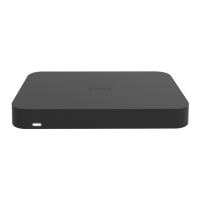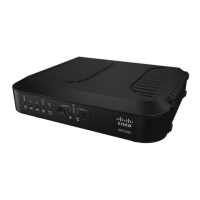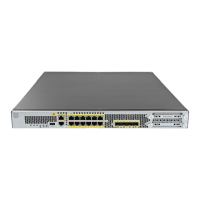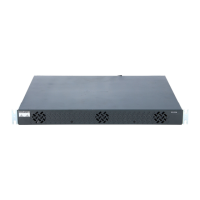Configuring ISG Accounting
How to Configure ISG Accounting
4
Postpaid Tariff Switching
ISG postpaid tariff switching allows changes in tariffs during the lifetime of a connection. This feature
applies to time-based or volume-based postpaid sessions in which the tariff changes at certain times of
the day.
Typically, a service provider would use postpaid tariff switching to offer different tariffs to a subscriber
while the subscriber is still connected; for example, changing a subscriber to a less expensive tariff
during off-peak hours.
To handle tariff switches for postpaid connections, the accounting packets log the usage information
during the various tariff-switch intervals. The service profile contains a weekly tariff-switch plan
detailing the times of day at which tariff changes occur. ISG monitors the usage at every tariff-switch
point and records this information in interim accounting records. The billing server monitors all interim
accounting updates and obtains the information about the traffic sent at each tariff rate.
Note Tariff switching is not required for time-based billing services. Because the billing server knows the
service logon time stamp and logoff time stamp, it can calculate the various tariffs that apply during that
time.
How to Configure ISG Accounting
Perform one or more of the following tasks to configure ISG accounting:
• Enabling ISG Per-Session Accounting, page 4
• Enabling ISG Per-Flow Accounting, page 6
• Enabling ISG Per-Service Accounting, page 8
• Configuring ISG Postpaid Tariff Switching, page 12
• Verifying ISG Accounting and Postpaid Tariff Switching, page 13
Enabling ISG Per-Session Accounting
Per-session accounting can be configured in the following configuration sources:
• User profile on a AAA server
This procedure contains the following sections:
• Prerequisites, page 5
• Enabling Per-Session Accounting in a User Profile on a AAA Server, page 5
• What to Do Next, page 5
• Troubleshooting Tips, page 5
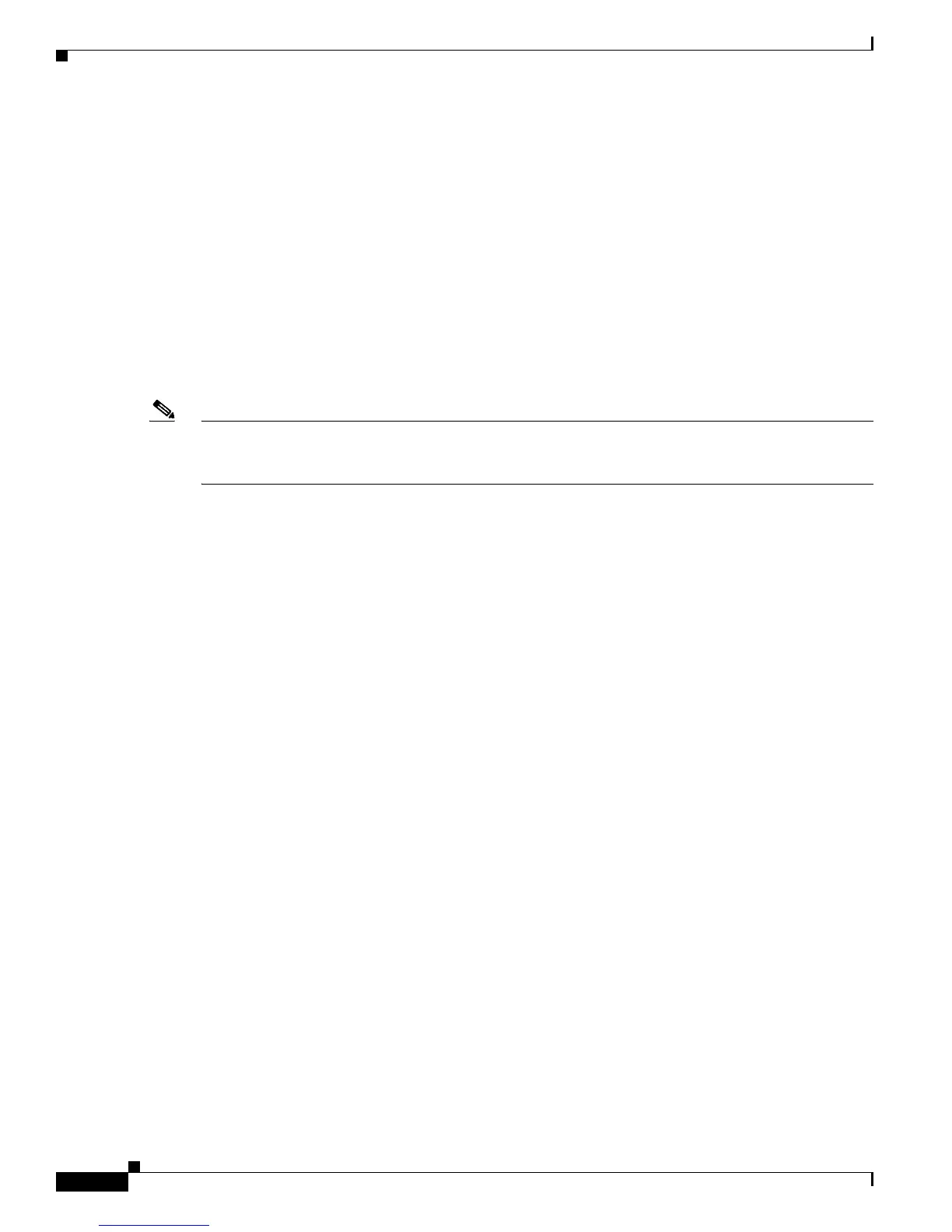